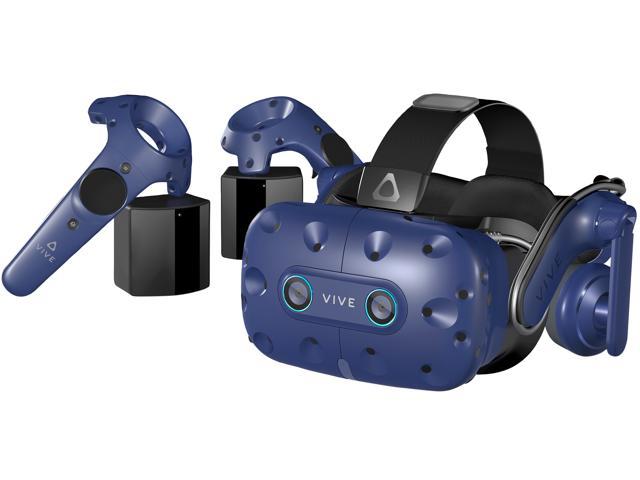

During central fixation, a stimulus appears at a new fixation area, and it induces an automatic gaze reflex change towards the new target. In a visual-grasp modality, eye-tracking data automatically identifies the responses. It has the advantage of overcoming long periods of fixation of peripheral stimuli common to standard perimetry. Virtual reality perimetry introduces a visual grasp mode, based on eye movements instead of subjective button presses to collect the patient responses. The concept of virtual perimetry has shown increasing potential with multiple studies testing its comparability to the standard HFA. Subjects are asked to press a button whenever they see a light target on a 2D plane extending ☓0° temporally and nasally. For example, the standard perimetry test, the Humphrey visual field analyzer (HFA, Carl Zeiss Meditec Inc., Dublin, CA, USA) is used to test a specific point in the visual field. A perimetry test is usually used to identify the amount of visual loss in the central and peripheral visual field.
#Vr eye tracking portable#
Online gaze tracking for virtual reality perimetry implements an objective, mobile and portable perimetry where the gaze replaces the patient’s response. Online analysis of eye-tracking data is currently being used in a VR environment for hands-free perimetry testing and dynamic VR visual enhancements. Conclusions: The test of the eye-tracking data quality provides novel analysis useful for testing upcoming VR headsets with embedded eye-tracking and opens discussion regarding expanding future introduction of these HMDs into patients’ homes for low-vision clinical usability.Įye-tracking in virtual reality (VR) for ophthalmology practices is a promising emerging field for objective and at-home diagnostic and treatment purposes.
Temporal precision testing showed the system’s latency of 58.1 milliseconds (ms), evidencing its good potential usage as a ready-to-go online assistance tool for visual loss. Results: The target position on the screen and head movement evidenced limitations of the eye-tracker capabilities as a perimetry assessment tool.
#Vr eye tracking pro#
A new automatic and low-cost Raspberry Pi system is introduced for VR temporal precision testing for assessing the usability of the HTC Vive Pro Eye as an online assistance tool for visual loss. Testing was done across a wide visual field of the head-mounted-display’s (HMD) screen and in two different moving conditions. Methods: The eye-tracking status-quo data quality of the HTC Vive Pro Eye is investigated with novel testing specific to objective online VR perimetry. Background: A case study is proposed to empirically test and discuss the eye-tracking status-quo hardware capabilities and limitations of an off-the-shelf virtual reality (VR) headset with embedded eye-tracking for at-home ready-to-go online usability in ophthalmology applications.


 0 kommentar(er)
0 kommentar(er)
